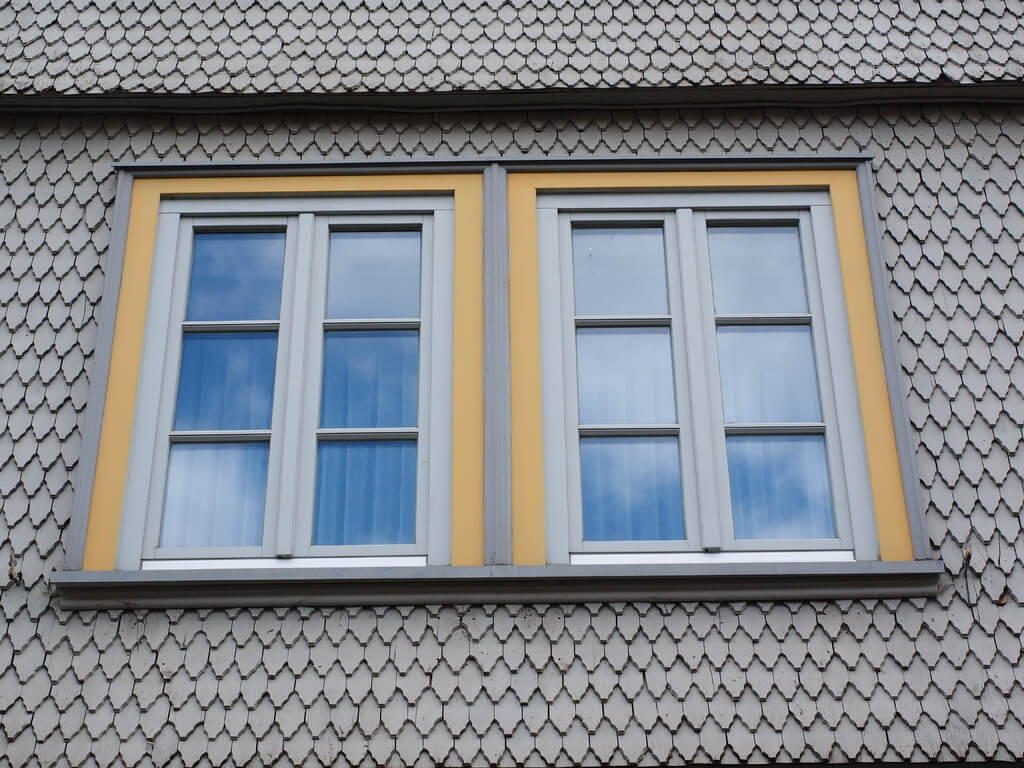In the present time, life has become noisy regardless of the city you live in. From neighbours to barking dogs to appliances noise, noise is unlimited. Soundwaves of all of these can enter your home through windows, doors, floors, walls, and ceilings.
The challenging job is to suppress or absorb sounds inside the house. In this task, sometimes, modern building design may work against us. Although the open-plan design and hard floors seem great, they do not absorb noise well.
If tranquility is what you’re looking for, there are a variety of options you might adopt. Continue reading the blog to discover six ways to soundproof your home.
1. Fix holes and cracks in your walls
Sound can easily escape from the slimmest cracks and spaces, negating other sound-blocking measures you take like external cladding. To fill them, you should examine your walls. Pay attention to areas around window frames, ventilation grates, and electrical outlets. If you detect any cracks or holes, fill them.
To patch minor homes, use caulk. If there’s any significant damage, you may need to fill the hole with spackle and drywall. However, if DIY isn’t possible (or the case is severe), contact a professional to repair drywall or plaster the cracks or holes.
2. Insulation in walls and ceilings
One of the sure-shot ways for soundproofing your home is insulation. There are many products available on the market that will insulate your home. Mass-loaded vinyl, fiberglass, and ceiling panels are a few examples of it. Besides this, foam and rubber are common options that most experts recommend to build a tranquil space.
However, if noise is your topmost concern, then you’ll require solid insulation in which sound will be blocked through your interior walls. Instead of soundproofing your entire home, you can pick bedrooms, bathrooms, and between floors.
3. Cladding
A cladding system is an effective solution that will solve your noise problems. It is a construction material that is applied as a layer over the skin to render thermal and sound insulation. In addition, it improves the appearance of the buildings. They come in a variety of colours and can be efficiently used in various ways. You can either wrap your entire building or use it in some parts.
However, whether it’s external cladding or internal, the cladding systems’ ability to suppress the travel of noise is highly dependent on its mass.
4. Solid doors
Doors are essential for managing the passage of sound through a house. And choosing a solid one is one of the simplest and less costly soundproofing steps you can take. A solid door will be a significant investment for a quieter interior.
Not only do people struggle with outer noise, but they also face hurdles with interior sound issues. That’s why your doors should have the ability to soundproof your rooms.
So, look for doors with a high sound transmission class (STC). The higher the STC ratings, the higher would be the prevention of sound transmitting through it and vice-versa.
5. Double-glazed windows
There are several ways through which noise transmits through windows. It includes vibrations from outside traveling through glass and frames and air filtration between window joints and poor seals.
Fortunately, you can control outside noise from roads, animals, and neighbours by installing double-glazed windows. It has an extra layer of glazing which results in reducing outside noise. It can control noise up to 65% compared to standard glass. That way, you can solve your noise problems.
6. Seal doors
If the door is open, then its built is of no worth. The gaps around door assemblies allow sound to pass through. As effective noise insulation, you shall seal the gaps. In simple words, it should fit the jamb tightly. This will make your environment more comfortable and appropriate to live in.
You can install weathering strips to your door frames; they’ll not only stop heat loss but also control noise traveling throughout your home. Vinyl or rubber bulb door weathering strips and a door-bottom weather stripping are effective solutions to your noise problems.
So, there you have it – your complete guide to soundproofing your house. These ideas will help you control the sound passing throughout your home. For more ways, you can always contact professionals and gain more knowledge on it.










Social Profile